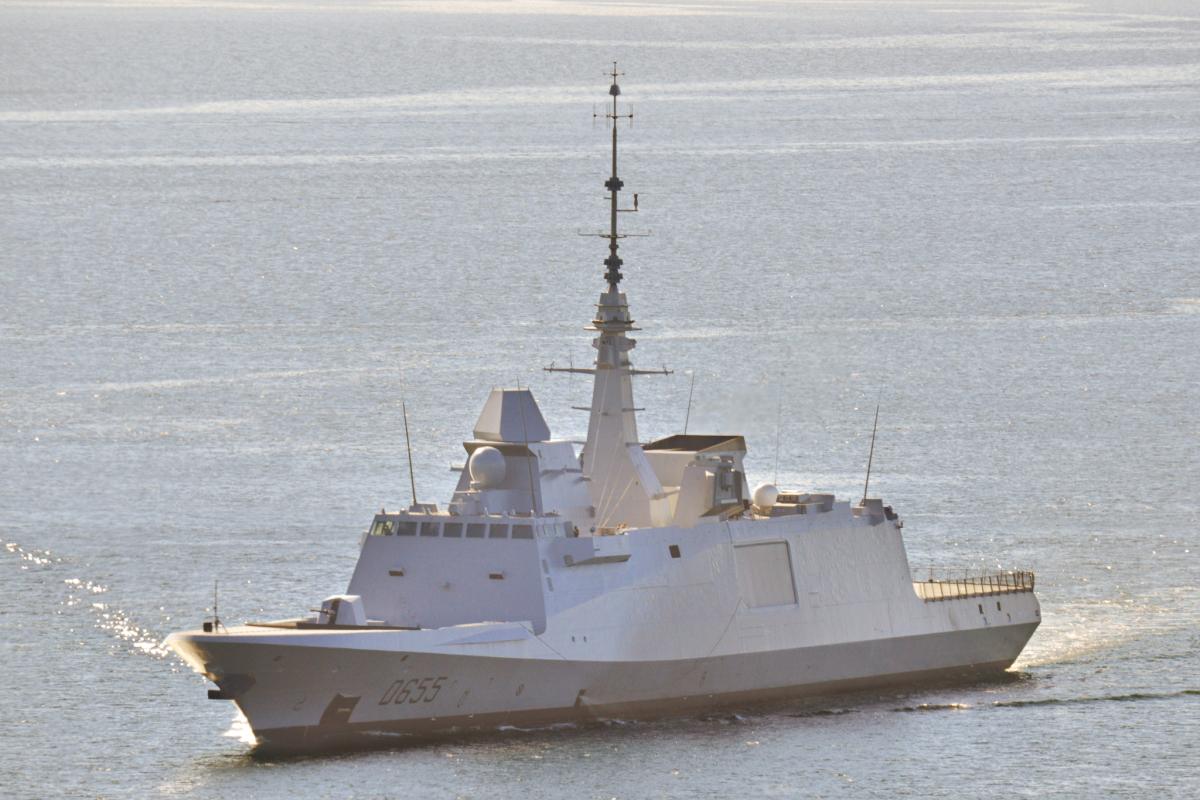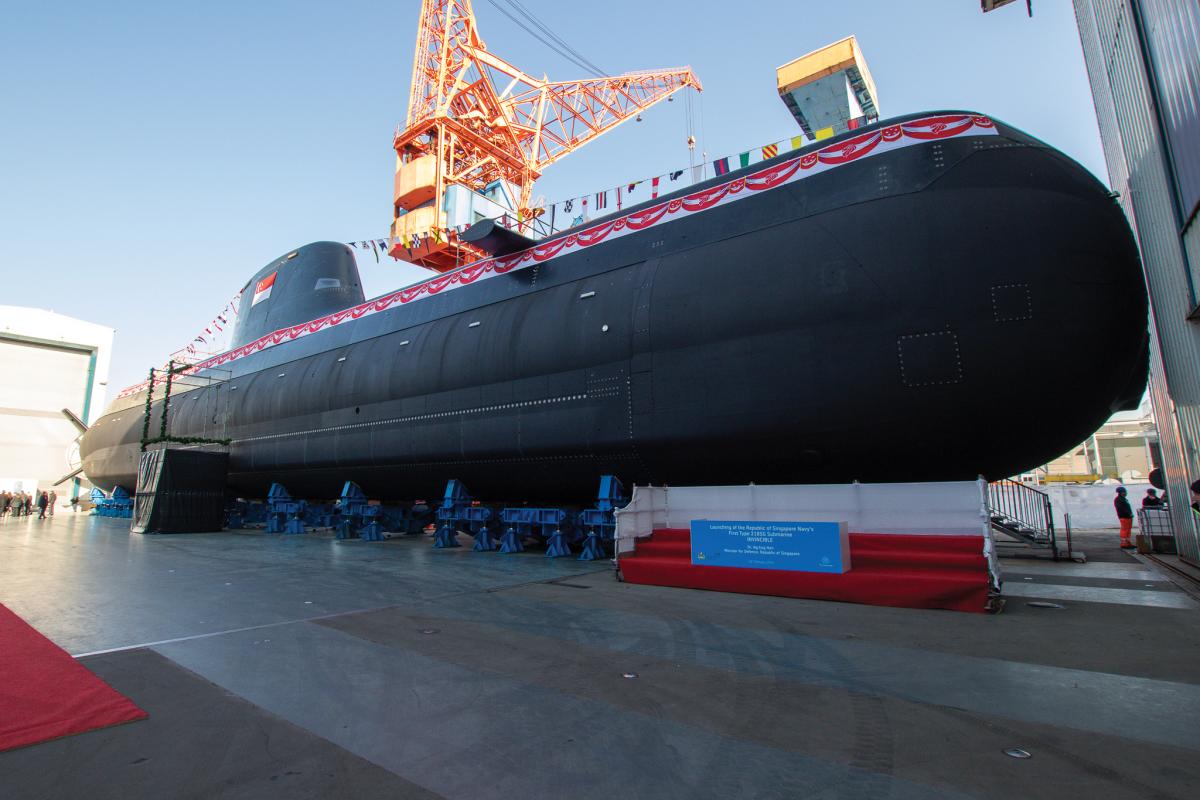The French Navy commissioned the Bretagne in February 2019, the fifth of eight planned Aquitaine-class frigates built under the Franco-Italian FREMM (Frégate Européenne Multi-Missions) program. The first six units of the class—the Aquitaine, Provence, Languedoc, and Auvergne, along with the Bretagne and sister Normandie—are built in an antisubmarine warfare (ASW) configuration. The Normandie is expected to enter service later this year. By 2023 these six warships will be joined by two new air-defense variants, the Alsace and the Lorraine. Each Aquitaine-class frigate displaces some 6,000 tons and measures 466 feet long. The French ASW variants can be armed with Aster surface-to-air missiles, Exocet antiship missiles, and SCALP MdCN land-attack cruise missiles and carry a 3-inch gun. The class also is fitted with a landing deck and helicopter hangar for a single NH90 NATO frigate helicopter (NFH). Italy operates the similar Carlo Bergamini-class of frigates, and sister ships also are in service with the Egyptian and Moroccan navies.
The F-35C Lightning II, the aircraft carrier–based variant of the Joint Strike Fighter, achieved initial operational
capability with the U.S. Navy on 28 February, meaning that a squadron is now ready to conduct missions in support of fleet operations. This past December the Navy’s first F-35C squadron, the Argonauts of Strike Fighter Squadron 147 (VFA-147), completed aircraft carrier qualifications on board the USS Carl Vinson (CVN-70). The F-35 Lightning II is a stealthy fifth-generation strike fighter being produced in three variants. The F-35A land-based fighter has been operated by the U.S. Air Force since 2016, while the F-35B short take-off/vertical landing (STOVL) variant has been operational with the U.S. Marine Corps since 2015. The Navy’s F-35C has larger wings, greater internal fuel capacity, and more robust landing gear than its sister types. Current U.S. plans call for the acquisition of 1,763 F-35As, 353 F-35Bs, and 340 F-35Cs. In addition to U.S. orders, at least a dozen allied militaries plan to acquire variants of this aircraft.
The Invincible, the first of Singapore’s four new Type 218SG air-independent propulsion (AIP)–capable submarines, was launched at the ThyssenKrupp Marine Systems shipyard in Kiel, Germany, on 18 February. The Invincible and a sister submarine, to be named Impeccable, were ordered in 2013 and are expected to be delivered by 2022. Two additional submarines, to be named Illustrious and Inimitable, were ordered in 2017, with delivery planned by 2024. The Type 218SG class was custom-designed for Singapore’s naval requirements, including operations in tropical shallow water and crowded maritime environments. The class features an advanced AIP system and incorporates technical enhancements based on years of shared German-Singaporean experience with a number of AIP submarine designs. Invincible-class boats measure 230 feet long, displace 2,200 tons submerged, and boast an underwater endurance of two weeks. The class is fitted with eight torpedo tubes and will be operated by a crew of 28.






